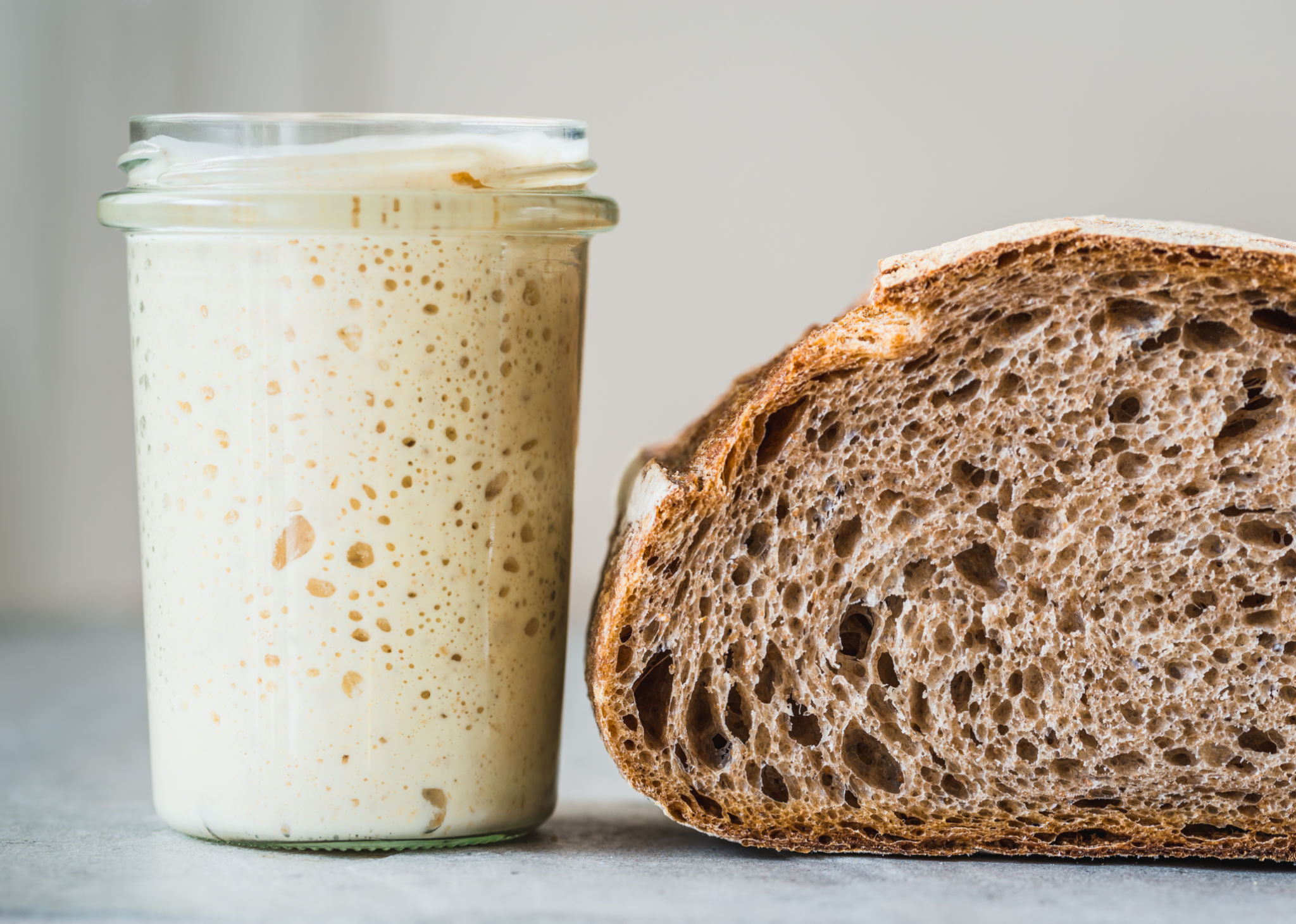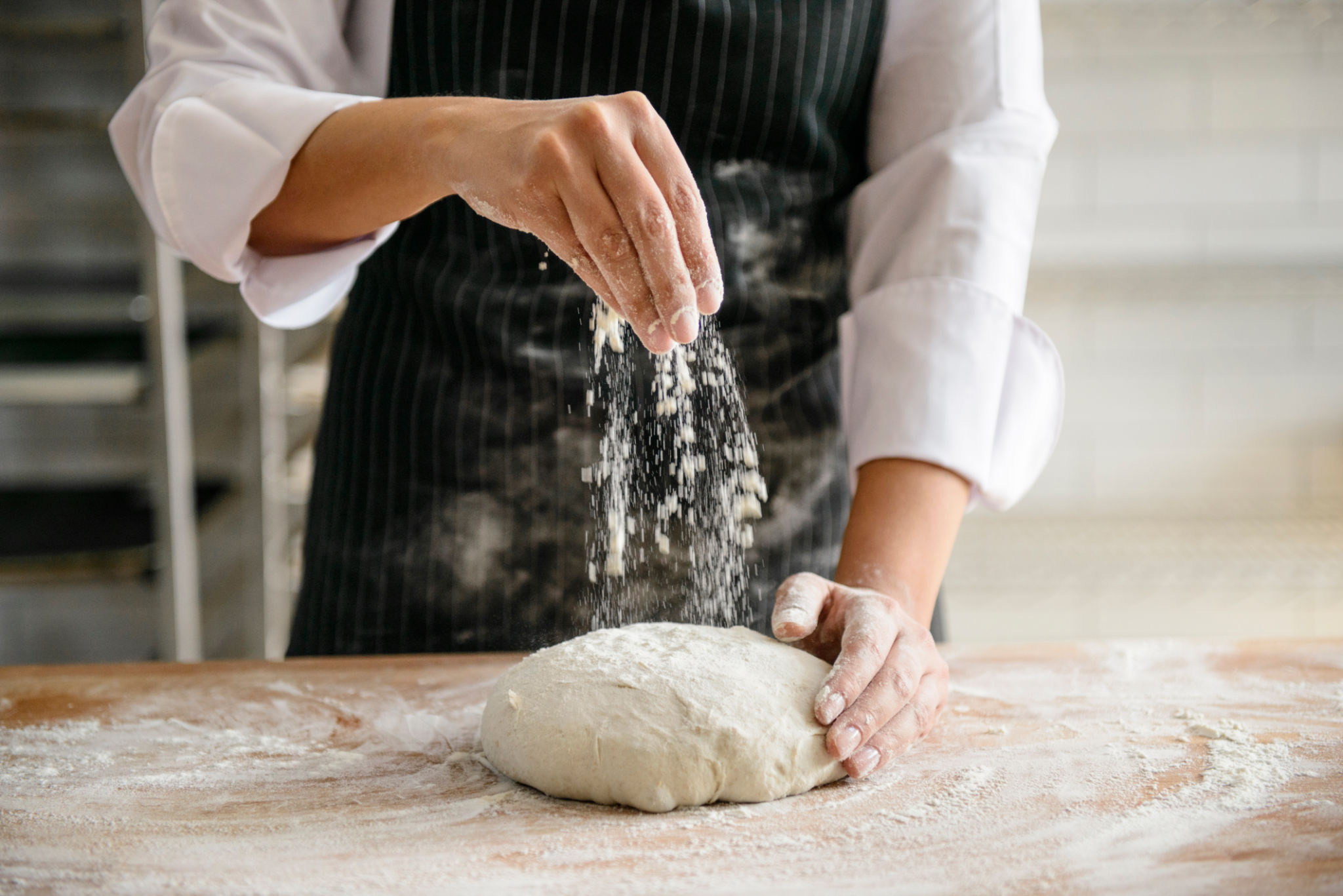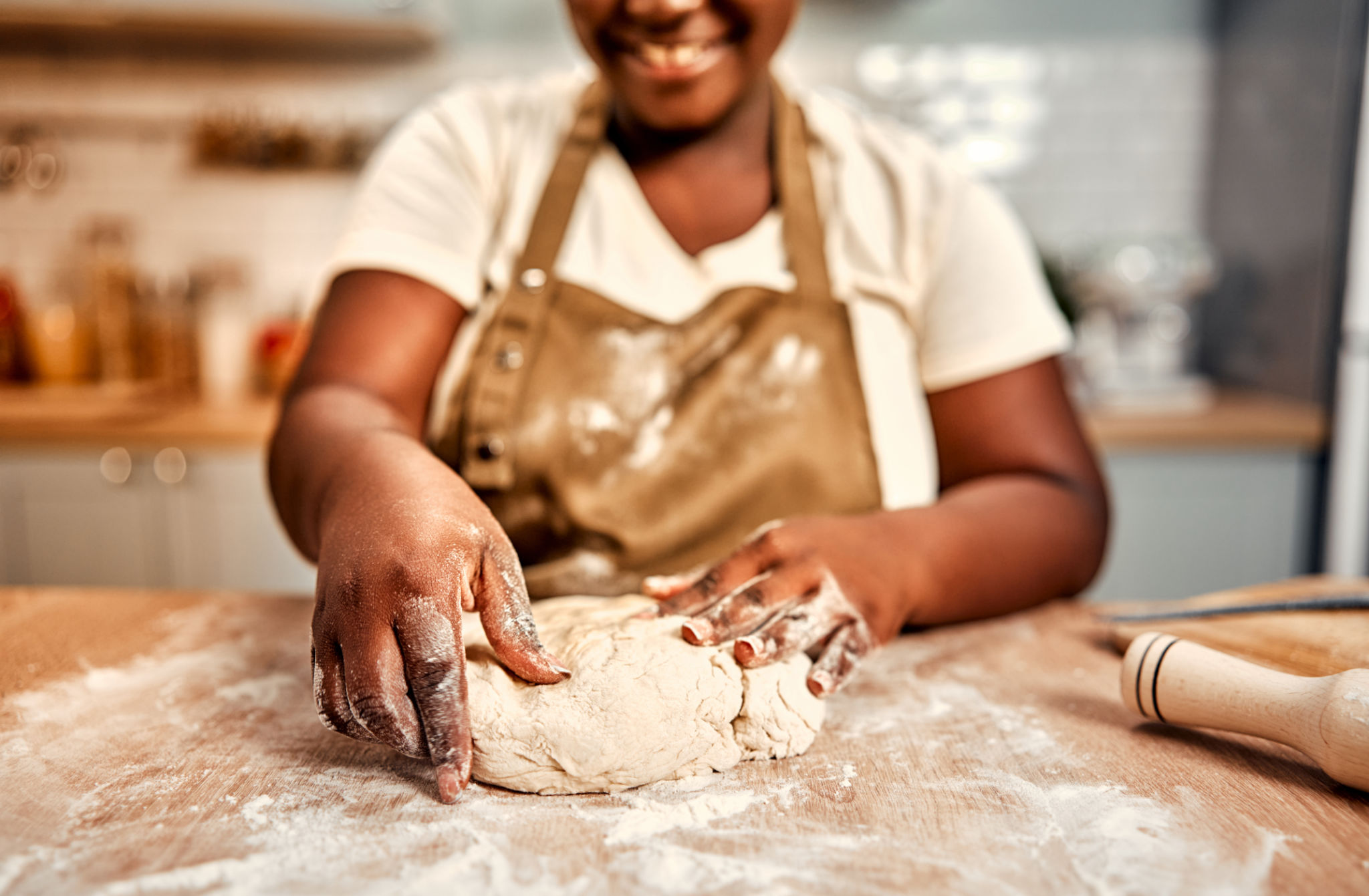How to Master Homemade Sourdough: A Step-by-Step Guide
There's something magical about biting into a slice of homemade sourdough bread. Its chewy texture, tangy flavor, and crisp crust are unmatched by store-bought varieties. If you're ready to dive into the world of sourdough baking, this step-by-step guide will help you master the art of making your own delicious loaf at home.
Understanding Sourdough Basics
Sourdough bread is unique due to its natural fermentation process. Unlike regular bread, which uses commercial yeast, sourdough relies on wild yeast and bacteria present in the environment. This gives it a distinctive flavor and texture while enhancing its nutritional profile.
The key to great sourdough is a thriving starter—a mixture of flour and water that captures and cultivates these wild yeasts and bacteria. A healthy starter is the backbone of all your sourdough creations.

Creating Your Sourdough Starter
Making a sourdough starter from scratch is simple, but it requires patience. Here’s a basic method to get you started:
- Combine equal parts whole grain flour and water in a glass or plastic container. Stir thoroughly.
- Cover loosely with a cloth and let it sit at room temperature.
- Feed your starter with fresh flour and water every 24 hours, discarding half of the mixture each time.
- After 5-7 days, your starter should be bubbly and have a pleasant sour aroma.
Preparing Your Dough
Once your starter is active, it's time to make the dough. Gather your ingredients: flour, water, salt, and the starter. Follow these steps:
- Mix the flour and water in a large bowl until well combined. Let it rest for about 30 minutes to an hour (autolyse).
- Add the salt and starter, then mix until fully incorporated.
- Knead the dough until smooth and elastic, or use the stretch-and-fold technique if you prefer.

Fermentation and Proofing
Fermentation is where the flavors develop. After kneading, place your dough in a lightly oiled bowl, cover it, and let it rise at room temperature until it has doubled in size. This can take anywhere from 4 to 12 hours depending on the ambient temperature.
Once fermented, shape your dough into a loaf. Place it in a proofing basket or bowl lined with a floured cloth, then allow it to proof for another couple of hours or overnight in the fridge for added flavor complexity.
Baking Your Sourdough
The final step is baking. Preheat your oven with a Dutch oven inside to simulate a professional steam oven. Carefully transfer the dough onto parchment paper, score the top with a sharp blade, and place it into the hot Dutch oven.
Bake covered for about 20 minutes at high heat to create steam, then uncover and continue baking until golden brown. Let your bread cool on a wire rack before slicing to allow the crumb to set properly.

Troubleshooting Tips
If your sourdough doesn't turn out perfect the first time, don’t worry. Common issues include dense crumb or lackluster rise. Ensure your starter is active before beginning, and adjust proofing times as needed. Remember, practice makes perfect!
With persistence and patience, you'll soon be baking sourdough loaves that are worthy of sharing with family and friends. Enjoy the rewarding process of creating something truly delicious from just flour, water, and salt.